Students join ‘creative,’ ‘useful’ computer science electives, combine art and STEM interests
Photo credit: Audrey Chang
Archer upper school students work on their final group projects for the Web Design computer science elective. They coded websites that aim to help their peers, with one group building a website about social media and body image and another group creating a website about study tips.
December 12, 2021
Logging onto Zoom sessions. Teachers projecting presentations and videos. Students typing notes on their computers during classes. Technology is everywhere at Archer and in the world, and as students return to campus after a year of online learning, computer science electives are becoming increasingly popular.
Computer science teacher Kelly Lougheed teaches all four computer science electives at Archer. Honors Computer Science 2B: Java Programming is offered to juniors and seniors, Computer Science 1: Power of Python and Web Design are offered to all upper schoolers, and Web and App Design is offered as a seventh grade class.
“I would say most of [the classes], at least in the introductory levels, [have] more creative projects. For example, in Computer Science 1, the first project that students do is making some kind of text-based game like a trivia quiz,” Lougheed said. “When we get into our game design unit, they’re making actual graphical games, and there’s a lot of freedom to decide what you want your game to be about: the topic, the graphics.”
The two largest classes are Computer Science 1: Power of Python, which has 16 students, and Web and App Design, which has 14 seventh graders enrolled. The smallest computer science class, Web Design, has eight students participating in it. Sophomore Rebecca Lazarus started taking computer science classes last year with Web Design over Zoom and is now in the Power of Python class.
“I think it’s unique because you’re learning all the time at Archer, but in computer science, it almost feels like another step beyond that because no one knows everything,” Lazarus said. “Not only are you learning and memorizing the language and keywords, but you’re also learning how to learn a little bit. You’re learning how to find new solutions and how to troubleshoot any problems that you have.”
According to Lougheed, one reason more Archer students are choosing computer science electives could be because of the emphasis on technology today, especially after spending a year learning online.
“[The increase in enrollment] might be because people are realizing how relevant the field is, especially with new technologies coming out — different uses of artificial intelligence in our daily lives,” Lougheed said. “It’s making people realize, ‘Oh, maybe I should study this so that I can be involved in making those new technologies.’ Could also be our year on Zoom — seeing how relevant technology is through that.”
Many students, like junior Dani Fenster, who is taking Honors Computer Science 2B: Java Programming this year, see computer science as a major interest and something they could be interested in for a job or for furthering their future education.
“I thought that out of the art options, this would be the most useful in the future,” Fenster said. “I might want to go into computer science as a career, or at least I want to have that option open. I think that it would be beneficial going into computer science college courses to at least know some of the basics and how to interact with computers.”
[What I love most about computer science is] getting to experiment with things and how there’s a right answer, but at the same time, no right answer because you get to figure out how everything works and how to be creative while also combining the whole science and tech thing with it.
— Rebecca Lazarus
In addition to being viewed as relevant for everyday life, students also enjoy computer science classes because they combine their interests in art with more STEM-related aspects and ways of thinking.
“I feel like one thing that makes [computer science] maybe unique, but definitely enjoyable, is that you’re learning this technical skill, learning to code, but at the same time there’s a lot of room for creativity,” Lougheed said. “You get that logical thinking that people enjoy like a math class, but then you get the creative side that people enjoy in art as well.”
Computer science electives also give students who are interested in STEM subjects a chance to explore a more creative application of math and science with coding and design.
“What makes it special for me … I am really interested in art and that stuff, but I’ve never felt necessarily good at it,” Lazarus said. “Science and math is more so what I’ve thought I’m always good at, so I get to combine my creativity with my scientific and factual parts.”
Seventh grader Penny Franklin, who is currently taking the Web and App Design class, thinks that computer science has many artistic aspects, especially because of the self-expression and creativity it can provide.
“It’s an art elective, and a lot of people don’t think of it as art because they think of visual arts or video art, not computer science,” Franklin said. “It is, in a sense, an art in that you can learn and grow and you can express yourself in it.”
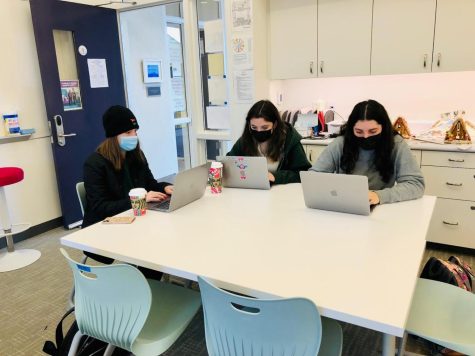
Although the computer science electives are separate and different from each other, they do have many elements in common. In each class, students begin with some type of warm up before learning new material. They then participate in an interactive lecture and then the majority of most classes is pair programming, where two students work together to write code on one computer to solve a problem.
“It’s really nice having a bunch of a nice variety of projects to work on that use the same skills,” Fenster said. “I just really like the class because I’m able to, in almost all of the labs, tie in something that I’m really interested in to make the lab something that interests me while I’m practicing those new skills.”
According to Lougheed, one of the reasons students may not have been as involved with computer science in the past is because it can seem “intimidating” at first, but she wants all students to feel like they can participate in computer science and learn to code if they want to.
“I want to expand the program and get as many students involved as I can, especially people who wouldn’t maybe see themselves as computer science people,” Lougheed said. “I just want to make the field seem open and accessible to everyone.”



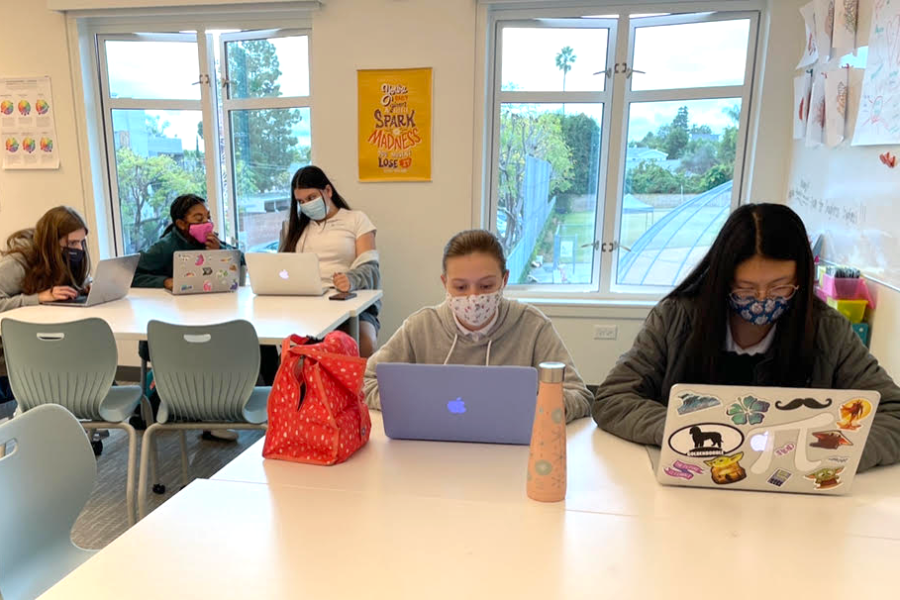
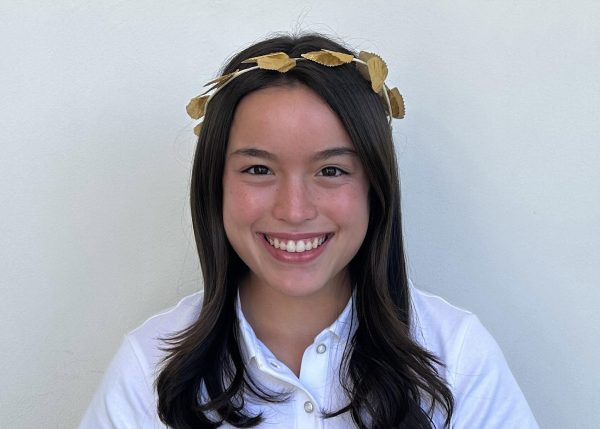

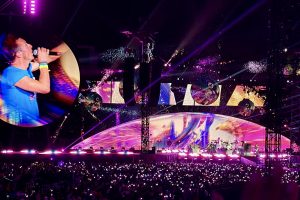





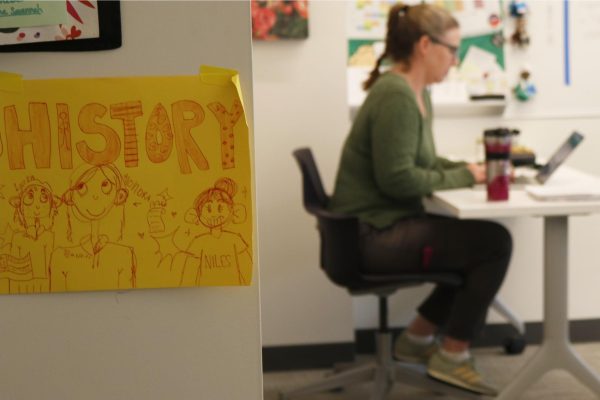
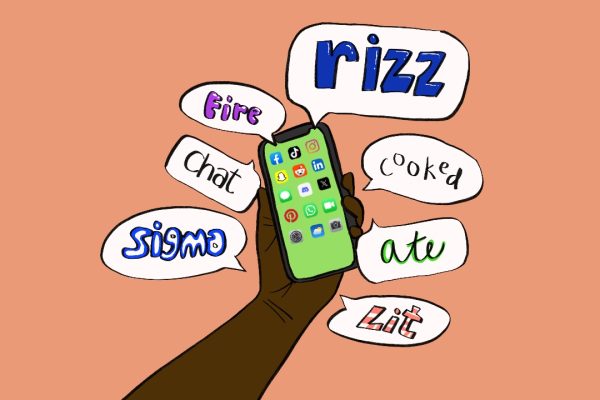


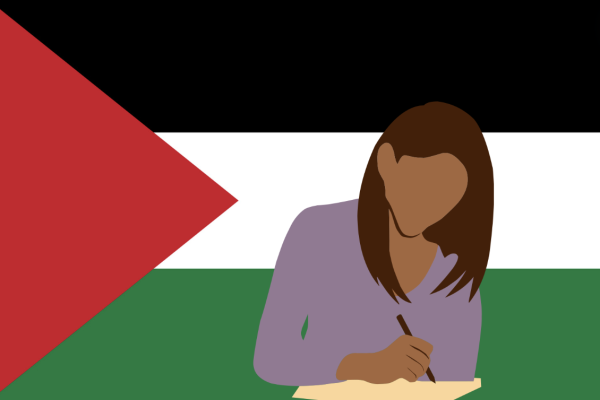
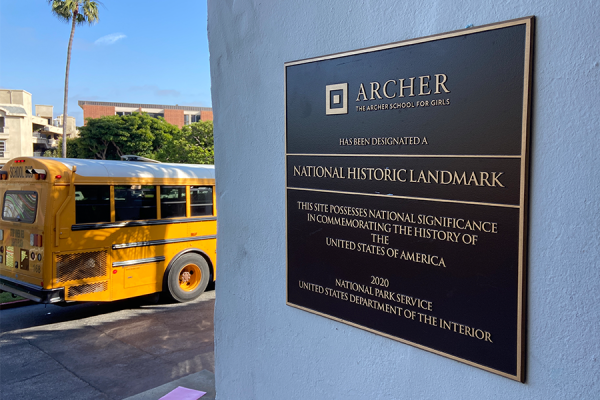

Nicole • Dec 21, 2021 at 3:11 pm
What a great article, Audrey. It’s fantastic that Archer is offering these classes. So important for all girls whether they are pursuing their passion in computer science or just dabbling to gain knowledge and feel more comfortable with the workings of computers.